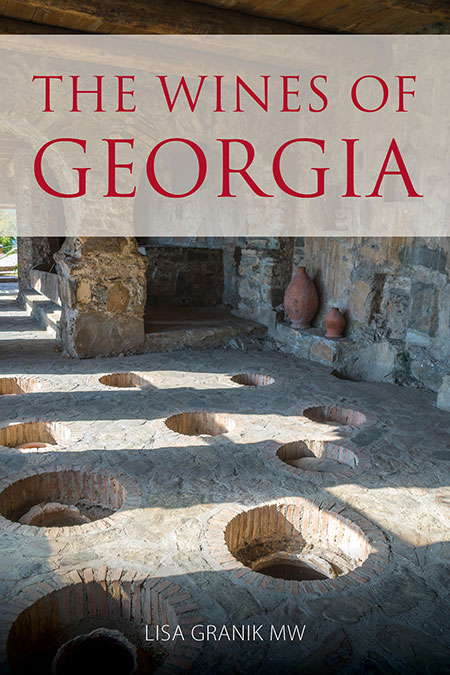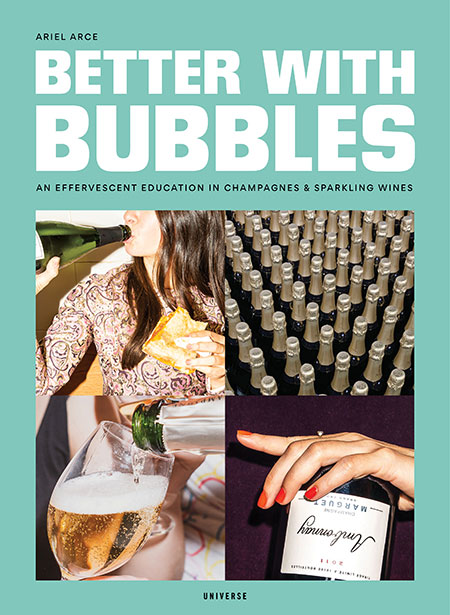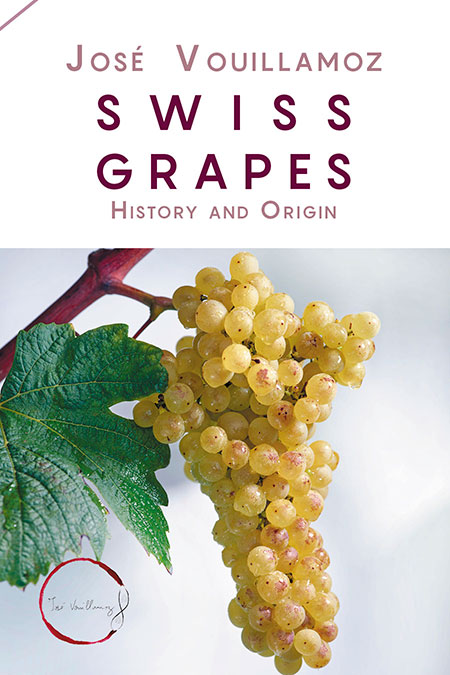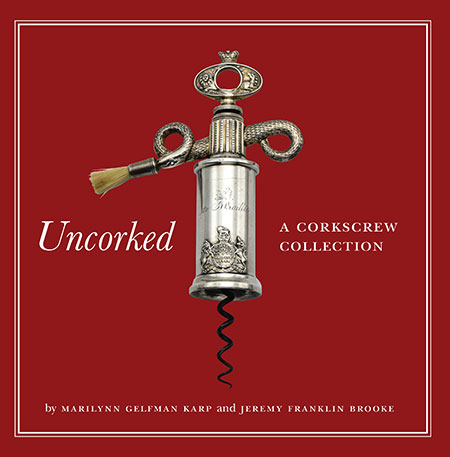GEORGIAN ROAD MAP


If you’ve ever been to Georgia, you’ve likely heard the story about how, when God was creating the world, he’d asked people where they wanted to live. The Georgians, however, missed the question, as they were too busy eating, drinking and enjoying themselves. God was so heartened by their attitude that he decided to give them the plot of land he’d been saving for himself.
Georgia is, in fact, a place of incredible beauty, from the lush shores of the Black Sea to the snow-covered peaks of the Caucasus. And it is rich with stories as well. This makes it a lovely place to visit, but the mountains and the myths make it tricky to reach a true understanding of the place. Lisa Granik’s The Wines of Georgia will help.
Granik, a Master of Wine who arrived in Georgia in the 1980s as a lawyer on a Fulbright, gives a clear-eyed accounting of the country’s wine culture and practices. She describes wine’s hold on the Georgian psyche without getting carried off in the romantic bits; she honors the craft of qvevri and churi, the country’s traditional clay fermentation vessels, while pointing out their challenges.
Her guide to 100 of the country’s 400-some grape varieties is helpful for making sense of Georgian wine labels. But where Granik really excels is in leading the reader through the country’s wine regions, following rivers and mountain slopes to showcase Georgian wine in all its rich variety. Along the way, she profiles winemakers doing exciting work, such as Eko Glonti, a cardiothoracic anesthesiologist crafting qvevri wines with care at Lagvinari in Khaketi; and Bastien Warskotte, a Champenois married to a Georgian who is making sparkling wines at Ori Marani in Kartli. Part reference book, part travel guide, it’s an essential read for anyone curious about Georgian wine. —Tara Q. Thomas
The Wines of Georgia by Lisa Granik, MW (Infinite Ideas, 2019; $40)
BETTER WITH BUBBLES


For most of her restaurant career, Ariel Arce has been focused on sparkling wine. It started with a gig at Birds & Bubbles, a restaurant in NYC focused on fried chicken and Champagne. Later, she opened Riddling Widow, eventually buying out her partner and transforming the space into Air’s Champagne Parlor. Now she’s penned Better with Bubbles, a book that’s brimming with what she calls “silly stories, crazy experiences and technical metaphors.”
Unlike Master of Wine Charles Curtis’s Vintage Champagne: 1899–2019, also released this fall, Arce’s is not the sort of book that’s meant to be studied. Better with Bubbles is meant to keep you up at night— writing a grocery list for your next bubbles-inspired soirée, updating your Spotify with Arce’s sparkling soundtracks, booking your plane ticket to the motherland to follow her road map of the best sips and eats, and compiling a wish list of bottles from her recommendations. Arce gets technical, too, detailing the grapes, region, styles and history, but she makes it easy to digest, pricing bottles by how many pizzas it would cost, or making a producer’s story into a screenplay.
And she doesn’t stop in France: Almost half of the book is dedicated to sparklers from elsewhere, from Spain to Japan.
What’s most refreshing is how Arce approaches a product that is viewed as a luxury. Her personality is what ultimately sets this book apart: outgoing, humble and witty. —Deanna Gonnella
Better with Bubbles: An Effervescent Education in Champagnes & Sparkling Wines by Ariel Arce (Universe Publishing, 2020; $40)
ALPINE WINE


While the Alps cover more than half of Switzerland, the foothills and valleys below are rich in vines: more than 250 varieties, some local, some long-ago border crossers from Germany, France and Italy.
Many of the best Swiss wines are rare, and the strength of the Swiss franc makes the good ones relatively expensive outside the country. So, unless you travel to Switzerland, José Vouillamoz’s Swiss Grapes may be limited to your academic interest. (There’s lots of fodder here for Master of Wine exam questions.) If, however, you are planning a visit to Basel or Zurich, order a copy for sleuthing out some amazing new—or ancient—opportunities in taste.
A noted ampelographer, Vouillamoz deciphers what would otherwise be the opaque code of the local wine lists, profiling each important variety, including crossings and hybrids, offering illustrated plates of some, with notes on top producers. It’s a localized, miniature version of Wine Grapes, the compendium of all varieties throughout the world, which he coauthors with Jancis Robinson, MW, and Julia Harding, MW. This book is a scientist’s love letter to the vines of his homeland. —Joshua Greene
Swiss Grapes: History and Origin by José Vouillamoz (Fluide Communication, 2019; $27)
SCREWING HISTORY


Marilynn Karp specializes in finding value in lost things, whether it’s by incorporating them into her sculpture or honoring them through her work: She has taught art and material culture for 42 years at New York University and presides over the Anonymous Arts Recovery Society. Her skills are on full display in Uncorked, a lushly illustrated guide to the corkscrew. While studying the form and function of each winepull, she traces the history of the world through basic Ts and ornate coffee cranks, traveler’s friends and Rabbits. Along the way, she drops in tales of short-order cooks and suicidal sparrows, viper eau-de-vie and the fragile life of a checkerspot butterfly—seemingly unrelated stories that bring to light how much there is to learn from things around us that we may have missed. —T.Q.T.
This story appears in the print issue of December 2020.
Like what you read? Subscribe today.















